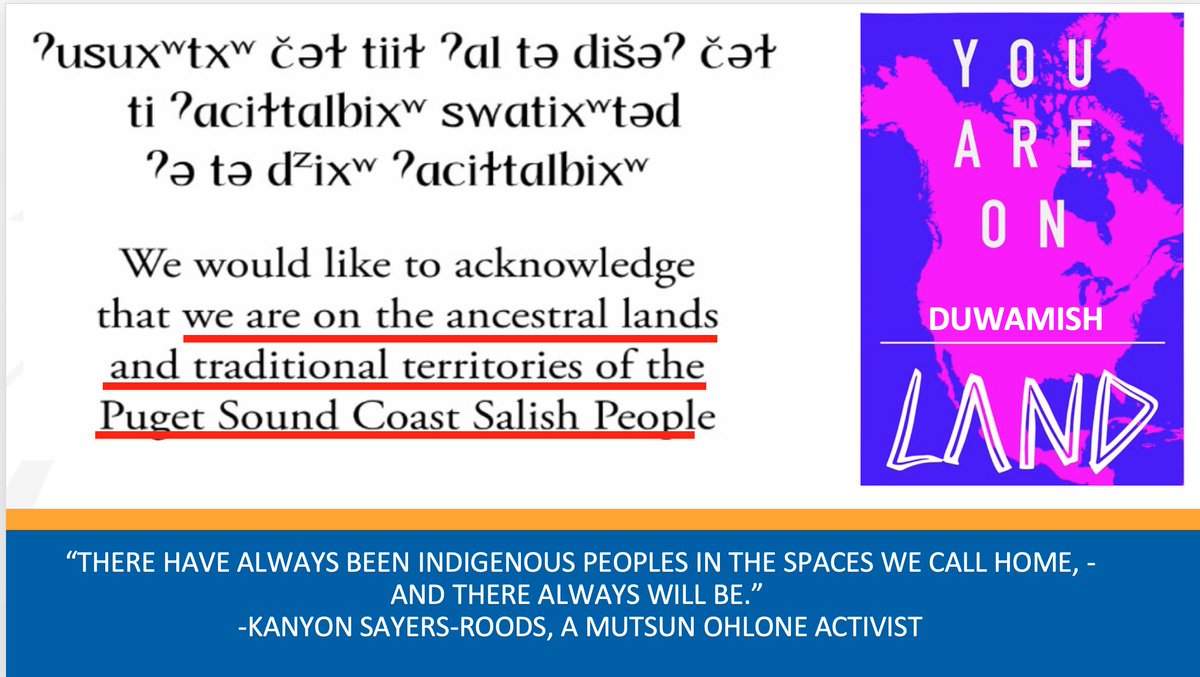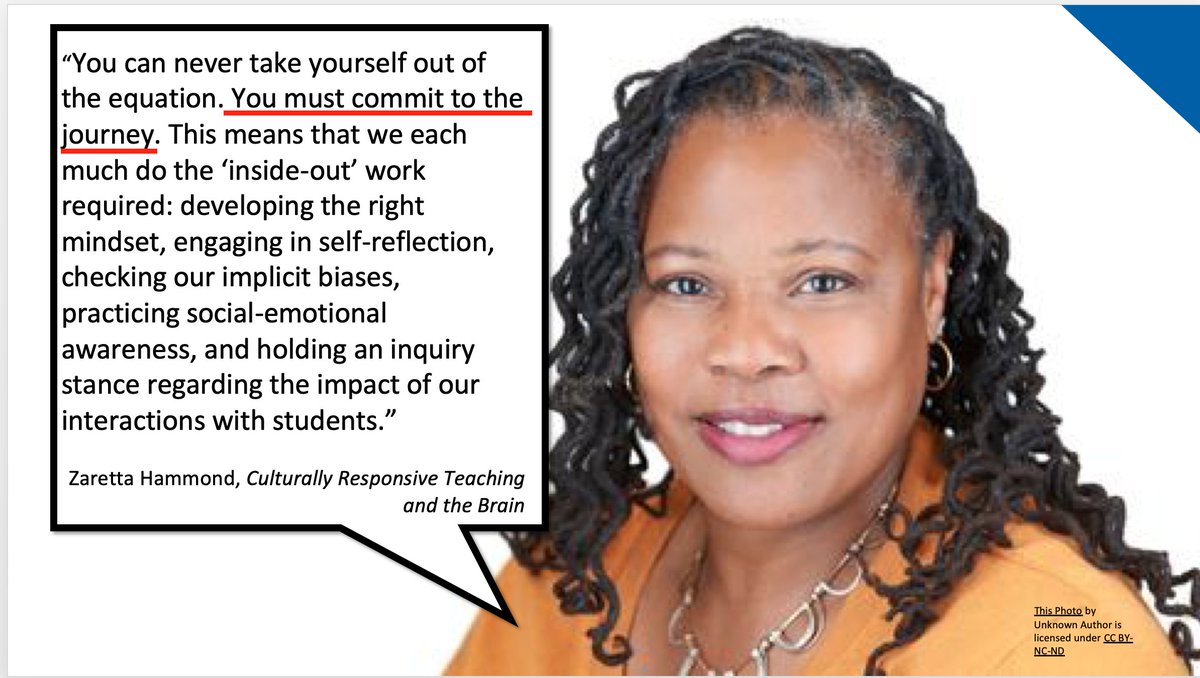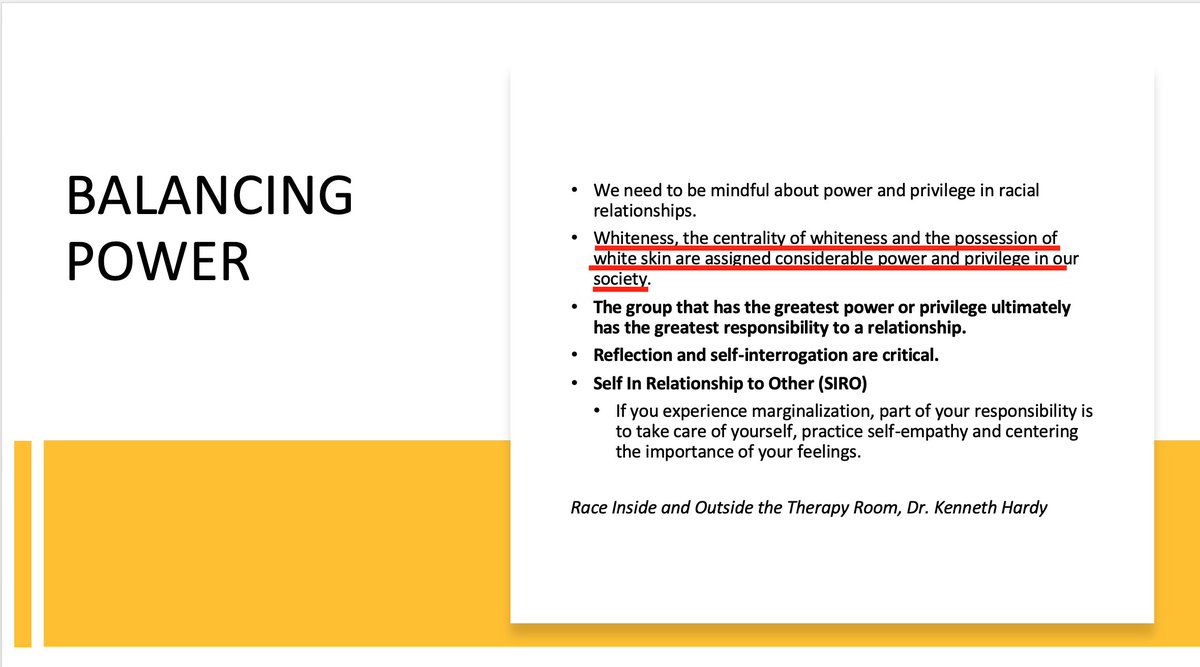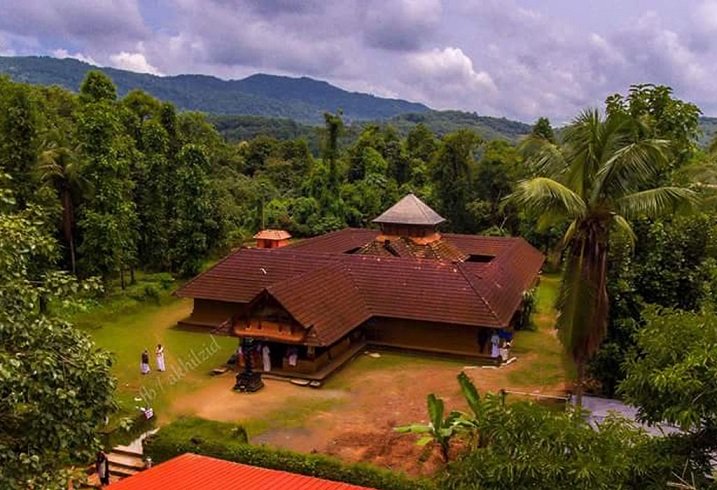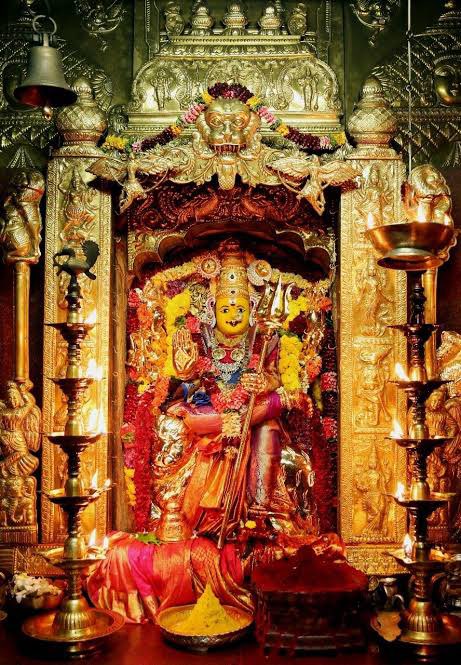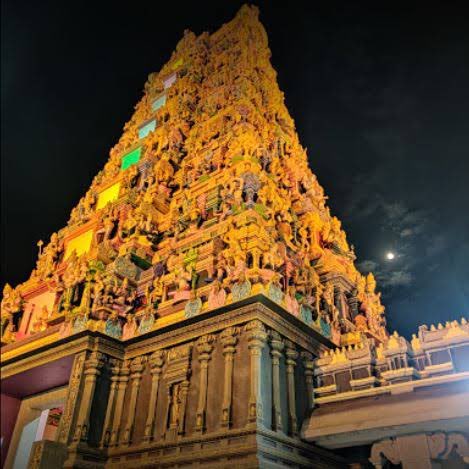eg i guessed @suryasays family's jati after about 15 minutes (he was vague about this and had to ask mom)
a higher and higher % of DMs, emails, etc. to me are from indians asking about their genetics. since there are 700 million indians on the internet. makes sense
i'll be publishing my 6K-word essay in indian genetics https://t.co/ycMGoZh13z
but some general points 1/n
eg i guessed @suryasays family's jati after about 15 minutes (he was vague about this and had to ask mom)
indians have lots of structure which means non-geographical (jati) matter a lot. tamil brahmins more like UPites than other tamils
* parsies (75% iranian)
* bengalis (5-20% east asian)
the rough formula is 75% UP brahmin + 25% "native" (works for bengalis & south brahmins)




